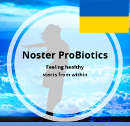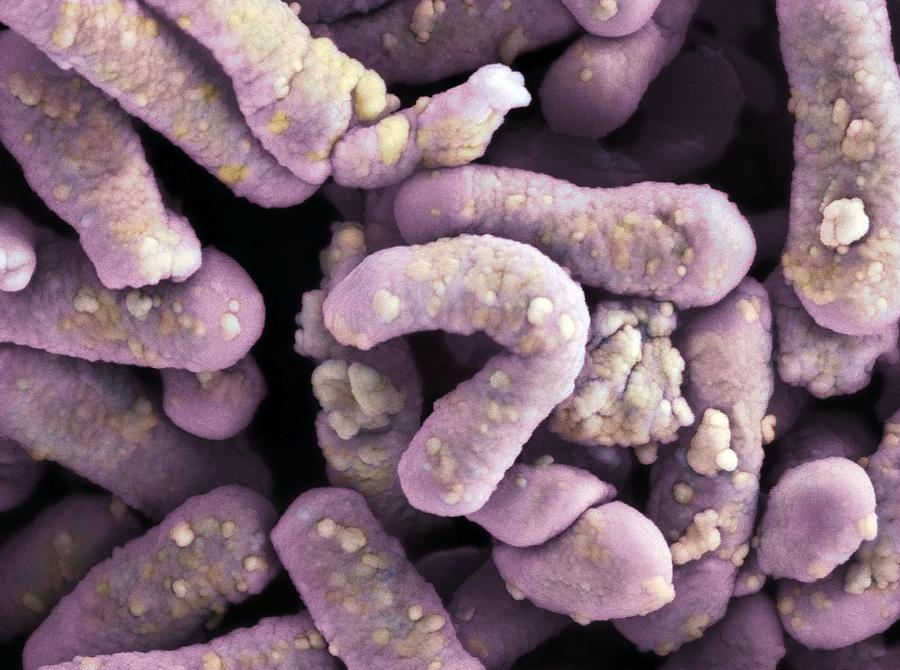Lactobacillus casei is found naturally in the human intestine, mouth and reproductive tract, as well as in fermented foods, such as yoghurt, also in fresh products. It can live in a wide pH and temperature range.
From Wikipedia, the free encyclopedia
| Lactobacillus casei | |
|---|---|
| Domain: | Bacteria |
| Phylum: | Firmicutes |
| Class: | Bacilli |
| Order: | Lactobacillales |
| Family: | Lactobacillaceae |
| Genus: | Lactobacillus |
| Species: | L. casei |
| Binomial name | |
| Lactobacillus casei (Orla-Jensen 1916) Hansen & Lessel 1971 |
|
Description of the Lactobacillus casei
It is known as mesophilic bacteria that are gram-positive, rod-shaped, non-sporing, non-motile, anaerobic, and contains no cytochromes. It is found in a wide range of areas from fresh and fermented foods to animal digestive and reproductive tracts. It lives best at a ph of 5.5 but can survive in a wide range of ph.
The lactic acid that it produces through fermentation can be used to make cheeses and yoghurt, reduce cholesterol levels, enhance immune response, control diarrhoea, alleviate lactose intolerance, inhibit intestinal pathogens.
Health Benefits of Lactobacillus casei in Brief.
Lactobacillus casei is used for treating and preventing diarrhoea, including infectious types such as rota-viral diarrhoea in children, traveller’s diarrhoea and to prevent and treat diarrhoea associated with using antibiotics.
It is used for general digestion problems; irritable bowel syndrome (IBS); colic in babies; Crohn’s disease; inflammation of the colon; and a serious gut problem called necrotising enterocolitis (NEC) in babies born prematurely. Lactobacillus casei can be used for infections including urinary tract infections (UTIs), vaginal yeast infections, to prevent the common cold in adults, and to prevent respiratory infections in children attending daycare centres. It is also being tested to prevent serious infections in people on ventilators.
Skin disorders such as fever blisters, canker sores, eczema (allergic dermatitis); and acne are also candidates for treatment with Lactobacillus casei.
It is used to boost the immune system, treat high cholesterol levels, lactose intolerance, Lyme disease, hives.
For women, Lactobacillus pessaries can treat vaginal infections and urinary tract infections (UTIs).
Therapeutic uses of Lactobacillus casei
Crohn’s Disease
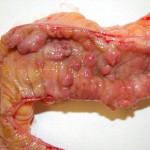 Crohn’s disease is a type of IBD (Irritable Bowel Disease) and can affect any part of the gastrointestinal tract (GIT), the area most commonly affected by Crohn’s disease is the colon or small intestine. The symptoms of Crohn’s disease generally include abdominal pain, diarrhoea, weight loss, and vomiting.
Crohn’s disease is a type of IBD (Irritable Bowel Disease) and can affect any part of the gastrointestinal tract (GIT), the area most commonly affected by Crohn’s disease is the colon or small intestine. The symptoms of Crohn’s disease generally include abdominal pain, diarrhoea, weight loss, and vomiting.
A study “Lactobacillus casei DN-114 001 Inhibits the Ability of Adherent-Invasive Escherichia coli Isolated from Crohn’s Disease Patients To Adhere to and To Invade Intestinal Epithelial Cells” by Isabelle Ingrassia, Antony Leplingard, and Arlette Darfeuille-Michaud concluded that live Lactobacillus casei counteracts the inflammatory effects of E. coli.
Diarrhoea
Critically Ill Children
According to a 2006 study, “there is increasing evidence that probiotics decrease the incidence of acute infectious and nosocomial and antibiotic-induced diarrhoea among children hospitalized in non-intensive care settings.” Furthermore, “L. casei has been used safely and with positive effects for when given to critically ill children suffering from diarrhoea.”
Rotavirus
Children with rotaviral diarrhoea have been treated successfully with lactobacillus casei. The larger the doses of lactobacillus the more effective the treatment. At least 10 billion colony-forming units during the first 48 hours should be used.
Antibiotics
Preventing diarrhoea in children and adults caused by antibiotics.
Hospitalized adults
Taking a mixture of Lactobacillus casei, Lactobacillus bulgaricus, and Streptococcus thermophilus twice a day during antibiotic treatment and for a week afterwards significantly decreases the risk of developing diarrhoea.
 Travelling
Travelling
Traveller’s diarrhoea is caused by bacteria, viruses, or parasites that are exotic to the traveller. Taking strains of Lactobacillus rhamnosus, Lactobacillus casei helps prevent this diarrhoea
Cancer treatment (chemotherapy) diarrhoea.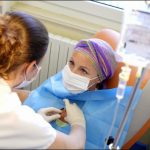
5-fluorouracil, a chemotherapy drug, can cause severe diarrhoea and other gastrointestinal (GI) side effects. Taking strains of Lactobacillus rhamnosus and Lactobacillus casei reduces the severity of diarrhoea, have less stomach discomfort, shorter hospital care, and require fewer chemotherapy dose reductions due to GI side effects, in patients with cancer of the colon or rectum.
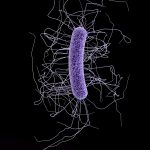 Clostridium difficile.
Clostridium difficile.
Treating diarrhoea caused by the bacterium Clostridium difficile.
Colic in babies.
Probiotic are more effective than drugs using simethicone eg Gelusil S, reducing daily crying time in nursing infants.
Lung infections.
Children ages 1 to 6 years who attend daycare centres seem to get fewer and less severe lung infections when given probiotics containing Lactobacillus casei and others.
Ulcerative colitis.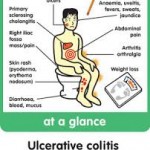
A combination product containing lactobacillus, bifidobacteria, and streptococcus improves symptoms.
Chronic pouchitis.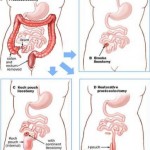
A complication of surgery for ulcerative colitis. Taking lactobacillus treatment for at least a year with a concentrated formulation of lactobacillus, bifidobacterium, and streptococcus has shown great success.
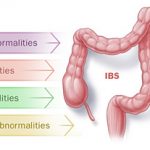 Irritable bowel syndrome (IBS).
Irritable bowel syndrome (IBS).
Lactobacillus strains improve symptoms of IBS such as bloating, and stomach pain. Being an autoimmune disease continual treatment with probiotics is essential.
Bacterial Vaginosis
Vaginal infections caused by bacteria. Lactobacillus strains can treat bacterial vaginosis when applied inside the vagina. Researchers have found Lactobacillus acidophilus pessaries and vaginal tablets are effective. Vaginal capsules containing Lactobacillus gasseri and Lactobacillus rhamnosus, lengthen the time between infections.
Treating and preventing eczema (atopic dermatitis)
Lactobacillus strains are used to reduce eczema symptoms in children ages 1 to 13 years. It is particularly useful in Caesar babies.
Other conditions that are treated by Lactobacillus casei
Urinary tract infections (UTIs).
There evidence that vaginal use of some Lactobacillus species is helpful in preventing UTIs.
Other uses
General digestion problems.
Necrotizing enterocolitis (NEC) in babies born prematurely.
High cholesterol.
Sensitivity to milk (lactose-intolerance).
Lyme disease.
Hives.
Fever blisters.
Canker sores.
Acne.
Cancer.
Boosting the immune system.
Common cold.
Preventing infections in people on ventilators.
